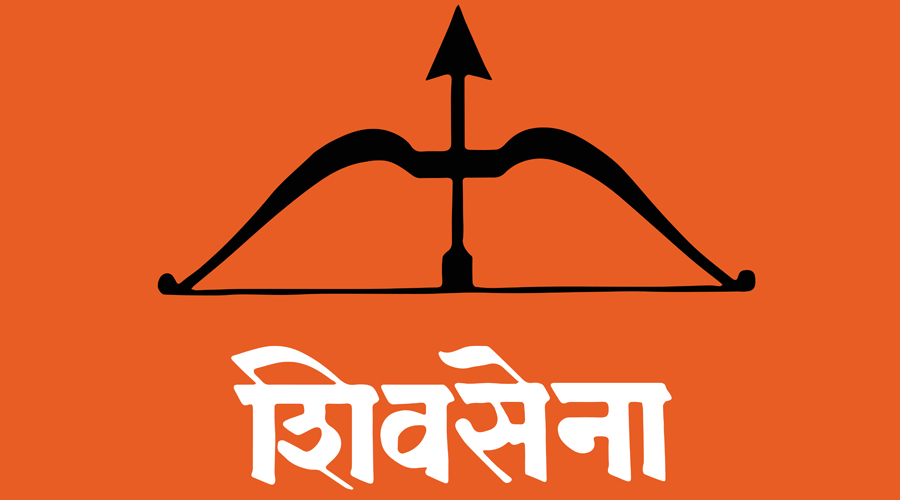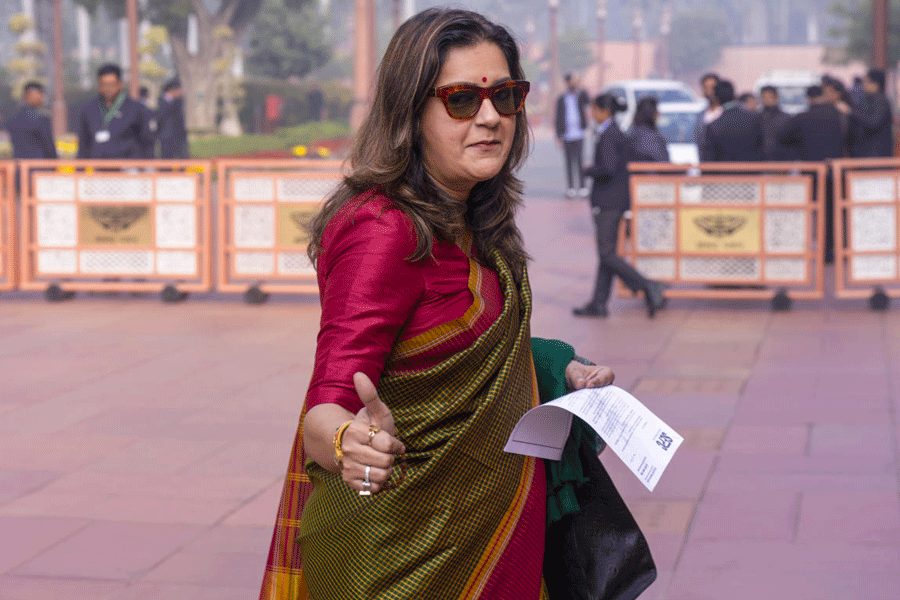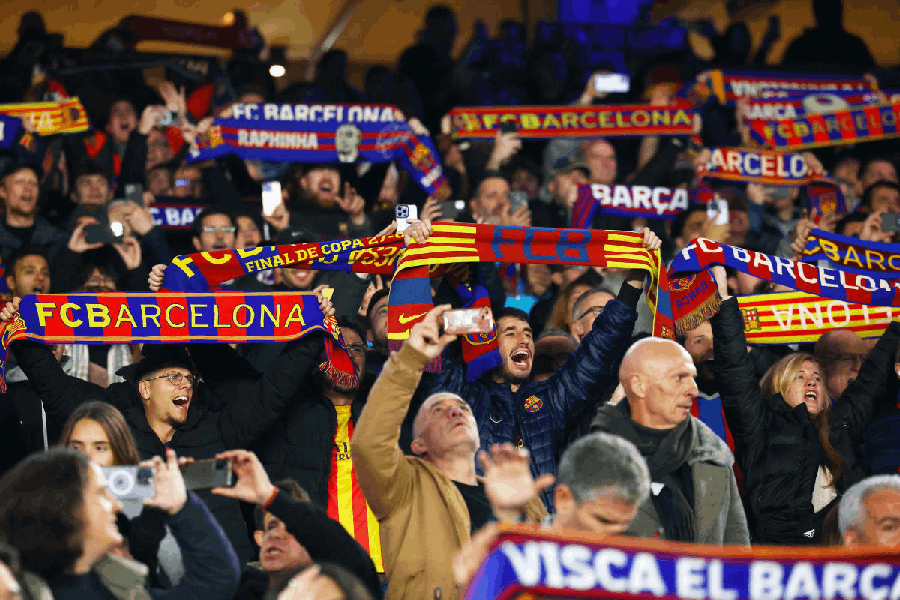The Election Commission has identified the ‘real’ Shiv Sena. The faction led by the chief minister of Maharashtra, Eknath Shinde, who had engineered a split in the rank and file of the party that was led by Uddhav Thackeray, has been handed the bow-and-arrow electoral symbol, cementing its claim of being the bona fide Sena. But critics may find the EC’s reasoning a bit surreal. India’s apex poll body applied the ‘test of majority’ to arrive at its decision. It is true that Mr Shinde has the numbers on his side. But the EC chose not to consider the ethical dimension of the majority that is at Mr Shinde’s disposal. Defection on the part of the majority of elected legislators had caused the Sena to splinter. Can it be said that the defecting representatives continue to represent the will of the electorate or, indeed, the supporters of the Shiv Sena? The EC’s reference to the lack of inner-party democracy in the Shiv Sena was equally rich. Most Indian political parties pay lip-service to the concept of internal autonomy. The Bharatiya Janata Party is, in effect, a dyarchy where the voices of two leaders drown out the murmurs of the rest. The Congress, its principal challenger, has an equally woeful record on this count, as do regional parties structured on the predominance of dynasties. In fact, the Shiv Sena conundrum should be the occasion for a spirited debate on not just the EC’s rationale but also the continued inertia on the part of political parties to draft an effective anti-defection legislation.
The battle for the electoral symbol of the Sena may be over for now. But the real contest is only beginning. Mr Thackeray and Mr Shinde would now cross swords to retain their influence among the Sena’s shakhas and supporters. In this particular bout, Mr Shinde may well be at a disadvantage. This is because unlike Mr Thackeray, he would have to battle the allegation of plotting to weaken the Shiv Sena by playing second fiddle to the BJP. The Shiv Sena’s simmering feud would, of course, be advantageous to its rivals. The broadest smile would certainly be on the countenance of the BJP. With the Sena no longer a force to reckon with, the BJP could well monopolise its claim on Hindutva, a legacy that it has had to share with the Shiv Sena for long in Maharashtra.











